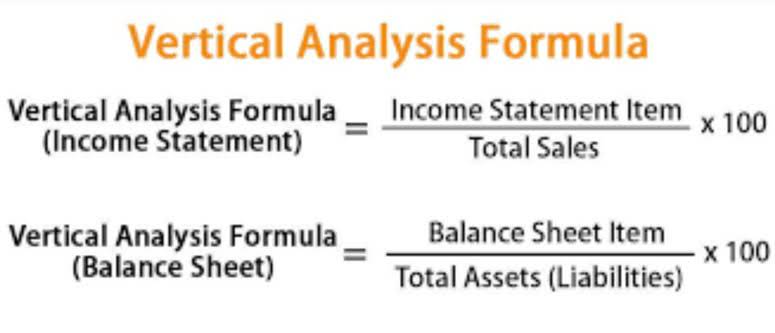
If companies need to use seven different systems to automate their workflow and production, then employees need to learn (and toggle between) multiple software tools just to get a simple task done. Successfully migrate legacy ERP applications to the cloud and redesign processes to leverage data with IBM Consulting. For enterprises looking to accelerate B2B commerce growth, IBM Sterling Order Management enhances customer experiences, helps increase revenue and improves operational margins—all while supporting their sustainability goals. The three most common types of ERP are on-premises, cloud-based, and hybrid ERP. An on-premises ERP system is run on-location on a company’s servers, while cloud-based ERP operates on a third-party, remote server.
A company can pick and choose which modules are best suited for their business.. ERP systems will also provide transparency into your complete business process by tracking all aspects of production, logistics, and financials. These integrated systems act as a business’s central hub for end-to-end workflow and data, allowing a variety of departments to access. ERP systems tie together a multitude of business processes and enable the flow of data between them. By collecting an organization’s shared transactional data from multiple sources, ERP systems eliminate data duplication and provide data integrity with a single source of truth.
Understanding Enterprise Resource Planning (ERP)
Employing change management principles throughout the ERP life cycle can prevent or reduce failures that compromise full implementation. An ERP system doesn’t always eliminate inefficiencies within a business or improve everything. The company might need to rethink how it’s organized or risk ending up with incompatible technology.
Through QT9’s robust ERP system, you may use real-time production data to optimize scheduling, stay up-to-date on inventory through built-in notifications and determine when various actions were taken. Microsoft Dynamics 365 Business Central is a robust ERP system that helps small businesses organize their sales, service, operations and finance functions so they can achieve faster, better results. You can use it to register shipped goods and store details in one place automatically, assign employees to certain work orders and move items between locations easily. When moving to the cloud with Oracle, you’re guided by a technology partner with unmatched experience in successfully transitioning thousands of enterprises to cloud ERP. From SMB to enterprise, we work with customers to continuously improve our solutions, including over 1,700 new features and performance improvements each year.
Oracle Enterprise Resource Planning (ERP)
Find insights into how to find the right cloud ERP partner, gain productivity and flexibility, have a consistent view across your business, and get next-gen technology and enhancements. ERP systems and software are an industry unto themselves, located at the heart of the technology space. Because of ERP systems efficiency, success – and therefore, desirability – it is an industry worth several billions of dollars today. As the name suggests, ERP’s primary goal is to manage the various resources within the company to make sure they are being utilized in a cost-effective way. It is also designed to make sure that all resources are being used efficiently. Over 1.8 million professionals use CFI to learn accounting, financial analysis, modeling and more.

To eliminate unnecessary processes and centralize work, they chose the Oracle NetSuite ERP system. Immediately, Fulton & Rourk was better able to identify accounting errors related to inventory, eliminate costs from employing third parties to evaluate their financial records, and better report financial positions. Integrating and automating business processes eliminates redundancies and improves accuracy and productivity.
Enterprise Resource Planning Description *
We can’t forget the contact manager module, which connects to Microsoft Office products and lets you simplify the way you manage customer interactions. It can help you process and track large volume orders, procure materials from various suppliers, optimize inventory and share information held in several locations. Get top insights and tools to help with your most pressing CFO challenges including enterprise resource planning talent management, connected enterprise planning, risk, and environmental, social, and governance (ESG) practices. Oracle Cloud SCM connects your supply network with an integrated suite of cloud business applications designed and built to outpace change. Prepare for rapid change with systems that improve resilience, increase agility, and help you plan for success beyond your next move.
- These figures don’t include per-user fees or the cost of implementation, training and maintenance.
- Today’s fast-paced business environment demands business software capable of adapting to continuous change.
- Although ERP provides many advantages; its implementation is a strategic decision, involving significant resources (both financial and human), proper evaluation and business process re-engineering.
- Enterprise resource planning (ERP) systems help companies in all types of industries manage and integrate essential business functions and processes in one system.
- The ERP software has modules specific to sales management and isn’t siloed to what accounting software can do.
- Accounting software typically covers financial reporting, accounts payable and receivable, banking and basic sales revenue information.
